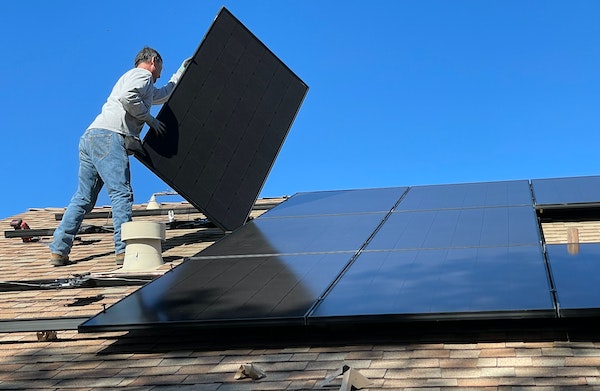Imagine waking up every morning in a home that perfectly reflects your vision and values. A custom home, designed and built with sustainable materials, not only fulfills your dream of a unique living space but also contributes to a greener and healthier planet. In this blog post, we will explore the exciting journey of building a custom home with a focus on sustainable materials, taking you through the steps from inception to completion.
Dreaming the Sustainable Dream
The journey of building a custom home begins with a dream. You envision your ideal living space – the layout, the architecture, the ambiance, and the values it represents. Integrating sustainability into your dream home is more than just a trend; it’s a responsible choice that helps reduce your carbon footprint. Here’s how to start:
- Define Your Goals: Begin by setting clear sustainability goals for your project. Are you aiming for energy efficiency, reduced waste, or minimal environmental impact? This step will guide your decisions throughout the process.
- Design with Nature: Engage an architect who specializes in eco-friendly designs. They will help incorporate passive solar heating, natural ventilation, and the use of sustainable building materials into the blueprint.
Choosing the Right Materials
Sustainable building materials are the foundation of your eco-friendly home. Carefully selecting materials with low environmental impact can significantly reduce your carbon footprint. Here are some options to consider:
- Recycled and Reclaimed Materials: Incorporate recycled or reclaimed wood, bricks, and metal into your design. These materials not only reduce waste but also add character and history to your home.
- Low-Energy Production Materials: Opt for materials that require less energy to manufacture, such as bamboo, cork, and straw bales. These materials are renewable and have minimal environmental impacts.
- Highly Insulating Materials: Use materials with high insulation properties to improve energy efficiency. Consider using straw bale walls, insulated concrete forms (ICFs), or triple-glazed windows to keep your home comfortable year-round.
- Local Sourcing: Choose materials that are locally sourced to reduce transportation emissions. Supporting local businesses and using nearby resources also strengthens the community.
Energy Efficiency Matters
Creating a sustainable home goes beyond the choice of materials. It’s essential to focus on energy efficiency to minimize your environmental impact and reduce utility costs.
- Solar Power: Invest in solar panels to harness the power of the sun and generate clean electricity. Solar energy can power your home and even allow you to sell excess energy back to the grid.
- Energy-Efficient Appliances: Select energy-efficient appliances and lighting fixtures to reduce electricity consumption.
- Passive Design: Incorporate passive design principles to maximize natural lighting and ventilation. This reduces the need for artificial lighting and air conditioning, further decreasing your energy consumption.
The Construction Phase
Once your design is finalized, it’s time to start building your sustainable dream home. Here’s how to ensure that the construction phase aligns with your eco-friendly goals:
- Hire Eco-Conscious Contractors: Collaborate with contractors experienced in sustainable construction practices. They’ll be familiar with the use of green building materials and efficient construction techniques.
- Waste Management: Implement a waste management plan to minimize construction waste. Recycle or repurpose materials when possible, and responsibly dispose of any waste generated during construction.
- Regular Inspections: Conduct regular inspections to ensure that the construction adheres to the sustainable design and meets your quality standards.
A Green Finish
As your custom home nears completion, it’s time to add the finishing touches that make it uniquely yours while staying true to your sustainability goals:
- Eco-Friendly Interior Design: Choose sustainable, non-toxic, and locally sourced materials for your interior finishes, such as flooring, paint, and furniture.
- Rainwater Harvesting: Install a rainwater harvesting system to collect and reuse rainwater for irrigation and other non-potable uses.
- Landscaping: Create a sustainable landscape design that incorporates native plants, which require less water and maintenance, reducing your environmental impact.
Building a custom home with sustainable materials is not just about creating a beautiful living space; it’s about making a positive impact on the environment and future generations. By dreaming big, choosing the right materials, focusing on energy efficiency, and maintaining eco-conscious practices throughout the construction process, you can turn your dream home into a sustainable sanctuary that reflects your values and helps build a more sustainable future for all. It’s not just a house; it’s a home that leaves a lasting legacy of responsibility and care for our planet.


